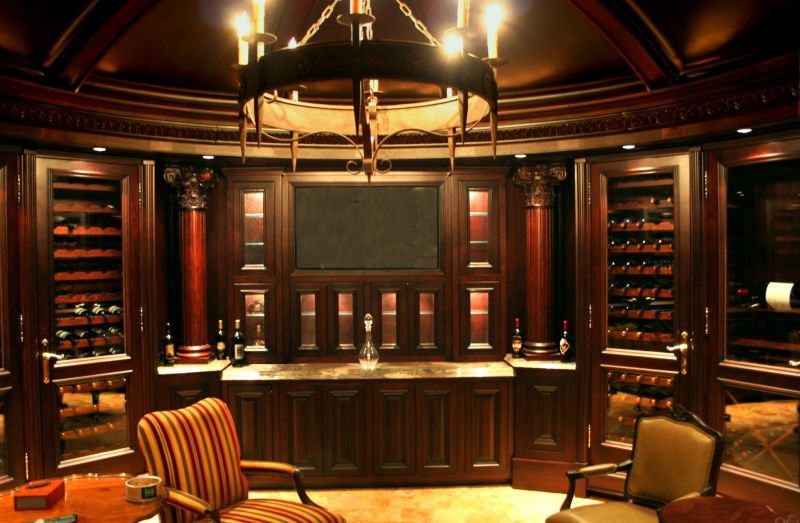Q.
Why is it a few customers expect to pay 50% less buying from a small mill than a lumberyard? We are about 10-25% less on some products, but not many. What we offer them is higher grade lumber and custom cutting of oddball products. Have any of you run into this problem?
Forum Responses
I have some questions:
1) Is your lumber grade stamped?
2) Is your lumber kiln dried?
3) Is your lumber Planed 4S?
Each step of the lumber process adds value to your product. In addition, a typical customer wants lumber that they can pick through or at least pull directly from a standing inventory. Both cost the business overhead and, therefore, an increase in price.
Other cost factors are shipping and retail profits, which the customer expects to be bypassing by buying directly from the manufacturer. What do you consider a retail markup for typical retail merchandise...50%?
I have made an assumption that you are selling RC G lumber, as I am. I cut to order and price according to what the customer wants. Mill run is one price and "grade equivalent" will be a little higher for some things. I am not currently sorting the hardwoods. I am priced 25% below market for common KD and my lumber is green.
2) We have a Nyle kiln that does our high grade.
3) Western red cedar and figured woods is mostly what we sell, so we aren't dealing with SPF or common building lumber.
It's good to have your buyer spend an hour with you when cutting. It gives them a better feel for how the product is made and they quickly catch on to the things you do to assure quality.
If you kiln and S$S the board, you can justify selling for $3/bf. That more than doubles your price and saves the customer 40%.
For construction grade material, I put in the better quality pallet stock. Smaller knots, no wane or shake. For that, I double my price, and give full cut stock. It matches older construction. It is still more expensive than pine at building supply stores.
You will never be able to compete against the larger sawmills. Their production is so massive that they can keep their production costs to a minimum. You need to fill the niches that are not profitable for the large mills.
